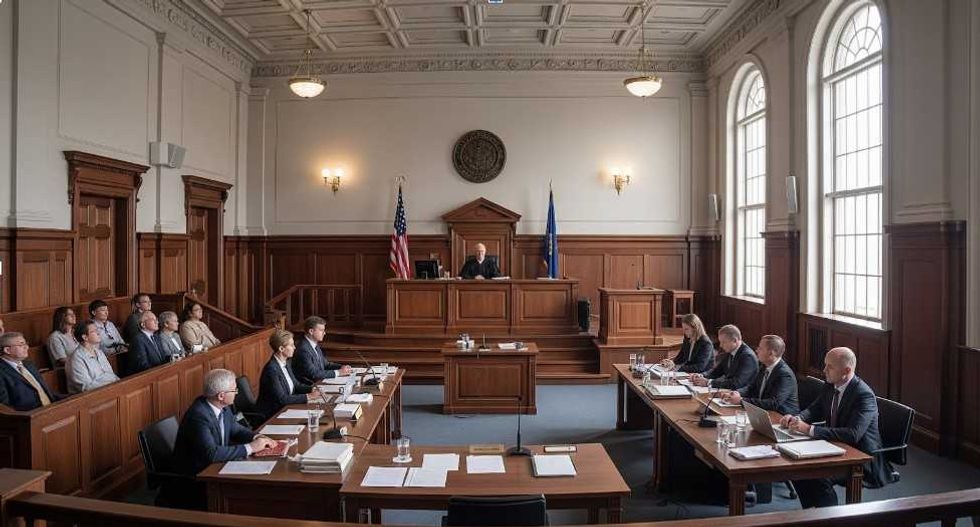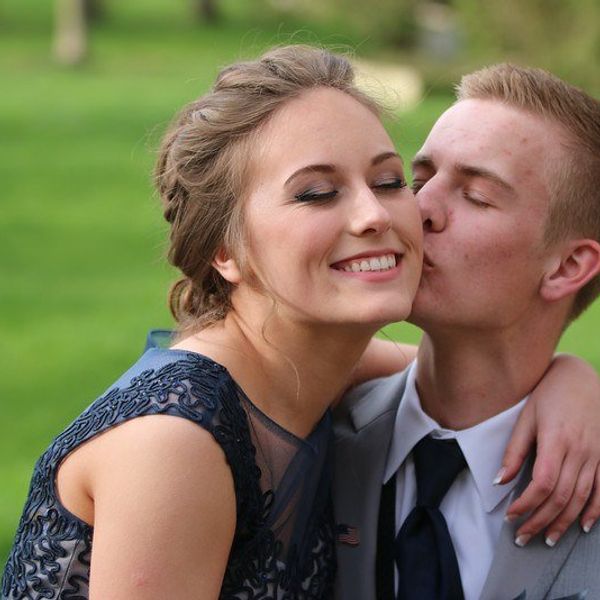The first chapter of any autobiography serves an introduction to the life of the narrator. Malcolm X and Alex Healy do just that in chapter 1, conveniently titled “Nightmare”, of The Autobiography of Malcolm X. We get to learn about X’s past; we come to learn that he was born in Omaha, Nebraska, but grew up in Lansing, Michigan with his West Indian mother, 7 siblings, and father who was a member of a “radical group” trying to get African-Americans back to Africa. It is in the first chapter we get to see X’s expectations or regard for Blacks in America. Because he only sees them waiting tables or shining shoes, he comes to realize the full reality of the Black condition and the second-rate status they are given. In this introductory chapter we also see X’s foundation of his hatred for White Americans: his father gets killed by Klansman and his house burns down:
The nightmare night [came] in 1929, my earliest vivid memory. I remember being suddenly snatched awake into a frightening confusion of pistol shots and shouting and smoke and flames. My father had shouted and shot at the two white men who had set the fire and were running away. Our home was burning down around us.
It is this experience, in a series of experiences such as constant fear-mongering by Klansmen, that starts the snowball that eventually becomes the Malcolm X popular culture knows: he beings engaging in deviant behavior, his mother gets sent to mental hospital, the state takes he and his siblings away from their mother, and X gets sent to live with Gohannasses, a white family.
Chapter 2, titled “Mascot”, begins with X speaking about how Joe Louis defeats James Braddock to be the heavyweight champion of the world to illustrate how the air was in the Black community; it was a time of celebration--this celebration or refreshing atmosphere is illustrated well in this chapter. Upon transferring to a reform school, X feels alienated. It is a predominately White school and he’s forced to integrate, like most Black students in predominately White educational spaces. His identity as a young Black man is not affirmed in the reform school. His experience is not uncommon from Black students at predominantly white school today, though. In an effort to integrate, Black students often hear sayings like “acting white” (they use proper grammar or may listen to 80’s alternative rock), “oreo” (they’re Black but “White” on the inside), among others. The latter is a more recent development, but the former is something X would have heard himself. It is in this chapter where the reader sees tokenism and micro-aggressions manifest themselves overtly. The perfect example is when Mr. Ostrowski, his teacher, tells him to be “realistic” about his aspirations of being a lawyer:
Malcolm, one of life's first needs is for us to be realistic. Don't misunderstand me, now. We all here like you, you know that. But you've got to be realistic about being a nigger. A lawyer-that's no realistic goal for a nigger. You need to think about something you can be. You're good with your hands-making things. Everybody admires your carpentry shop work. Why don't you plan on carpentry? People like you as a person-you'd get all kinds of work.
Another stereotype is the assumption that he has more sexual experience than his classmates just by virtue of him being black and his fellow classmates try to get him to “hook-up” with a white girl just so they have something to hold against her for blackmail. The chapter ends with X going to Boston to visit half-sister in 1940; it is this visit that he decides to officially move because Boston because it didn't seem as polarizing as his experiences in Lansing, Michigan.
In chapter 3, titled “Homeboy”, we see that Boston is a culture shock for X. Although he doesn't like the idea of integration, he sees it exacerbated in Boston. There are the hill elites, the middle class Black people who have fully integrated into White society--the Black bourgeoisie, and there are those Blacks living in the ghetto, the people who mostly resemble the people in Lansing, Michigan:
So I went gawking around the neighborhood-the Waumbeck and Humboldt Avenue Hill section of Roxbury, which is something like Harlem's Sugar Hill, where I'd later live. I saw those Roxbury Negroes acting and living differently from any black people I'd ever dreamed of in my life. This was the snooty-black neighborhood; they called themselves the "Four Hundred," and looked down their noses at the Negroes of the black ghetto, or so-called "town" section where Mary, my other half-sister, lived.
Malcolm is more drawn to the poor black because they don't try to imitate the White people. His sister, Ella, who is a hill elite, encourages him to hang out with “nicer people”, which we know what she is implying. Looking for jobs he meets another Lansing, Michigan fellow named Shorty. They relate to each other and have a shared common experience, which facilitates the big-brother, little-brother dynamic between Shorty and X; Shorty takes X under his wing, which is a pivotal moment in the identity development of X as he's never had another Black man to look up or guide him after his father is murdered. To Ella’s dismay, he becomes a shoe shiner (she wanted him to do something more noble like teaching). He sees he can make more money selling drugs and pimping and gets introduced to drugs for the first time. It is also during this time that X begins to understand racial disparities on a deeper level; first by noticing the racial double standard of the dance hall he worked at: white girls could come into black dance halls (presumably for the black men) but “nothing black was allowed in the white dances." X eventually quits his job after making some money (much to Ella’s happiness) and becomes a customer at the Roseland, the dance hall where he was an employee.
In chapter 4, titled “Laura”, we see that at 19 years old, X is essentially a new man and doesn’t feel inhibited at all. He quit his shoe shining job because he could not shoe shine and dance at the same time, and gets a job as a clerk. One night he meets an intelligent Black, high school aged, girl named Laura, a “Hill-bred” (also much to Ella’s happiness) and they develop a relationship, competing in a dance-off together. During and after the dance-off, X attracts Sophie, a white woman, and decides to dance with her after dropping of Laura at home. This interaction soon develops into a relationship, which is another pivotal moment in X's identity development. X uses their appearance together as a status symbol, which quickly makes him the "cool guy" because it was a rarity for a Black man to be with a White woman on his arm, only a select few could pull it off. Over the course of a few years, he comes to understand that Laura has several shortcomings, which he blames himself for, “One of the shames I have carried for years is that I blame myself for all of this. To have treated her as I did for a white woman made the blow doubly heavy. The only excuse I can offer is that like so many of my black brothers today, I was just deaf, dumb, and blind." Laura has a falling out with her grandmother, begins to use drugs, and gets into prostitution all after X starts dating Sophia. The chapter ends with Pearl Harbor happening. This chapter is particularly important because it is the first time the reader gets to see X care and worry about another person other than himself. This experience is important to his development into the "other" Malcolm X popular culture knows today, a family man.



















